Walking through the woods, especially as autumn gets closer, is a bit like coming home after a very long journey. The world here is softer underfoot, and as you walk you discover the warm hues of nature that welcome any traveler. Among the most striking and little-known parks in Italy is surely the spectacular Marturanum Regional Park, a protected area in the municipality of Barbarano Romano, in the province of Viterbo. The park, established in 1984, stretches over hilly terrain between the Tolfa Mountains and the hills surrounding Lake Vico and is characterized by gorges carved by streams on flat tufa plateaus and clay hills covered with partially unspoiled forests and pastures. Its beauty is evident not only from thewild environment, the signs of animal passage, but also from the lonely areas shrouded in lush vegetation.
This unique natural environment is home to numerous archaeological remains related to the Etruscans and other local communities, which blend seamlessly into the landscape, and a variety of trekking routes are offered here that lead to priceless rock tombs, often hidden within the gorges of the Biedano River. These ravines are formed by tuffaceous slabs sculpted over centuries by water, creating spectacular canyons covered with dense vegetation. This area of the regional park is intrinsically linked to early Etruscan settlements since prehistoric times. In fact, the peculiarity of tuff, a characteristic rock of the area, made the hills ideal places for the creation of dwellings and related necropolises.
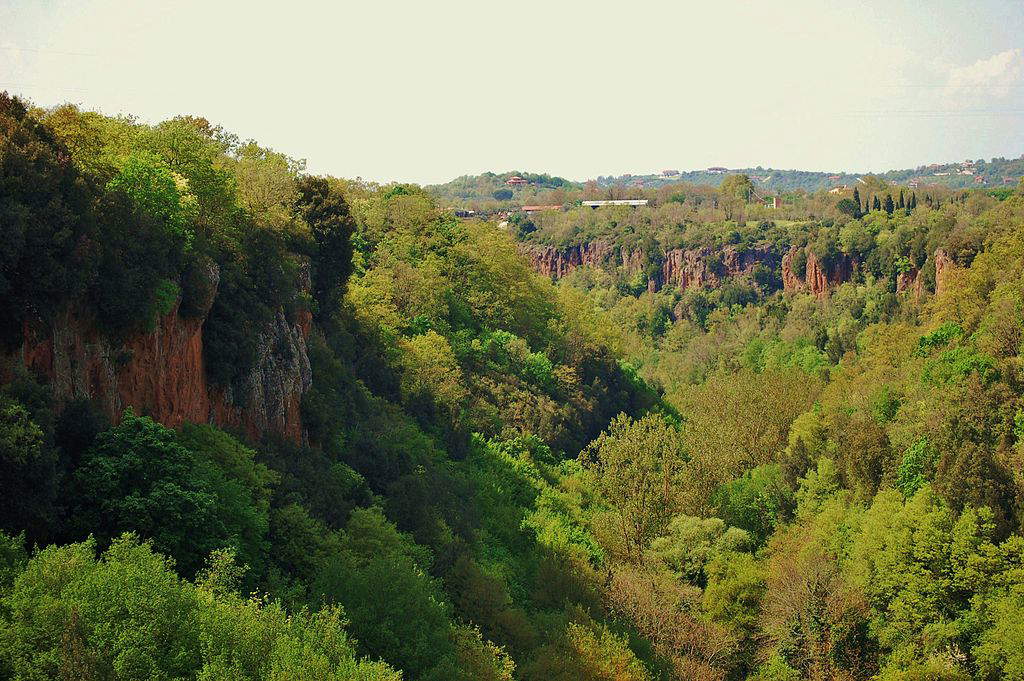
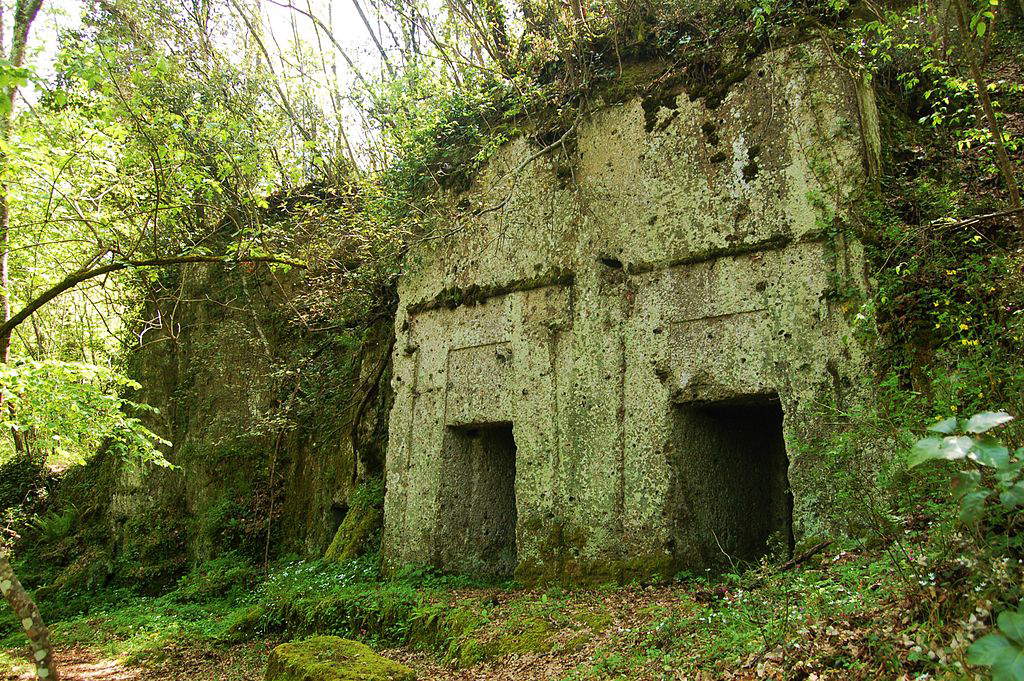
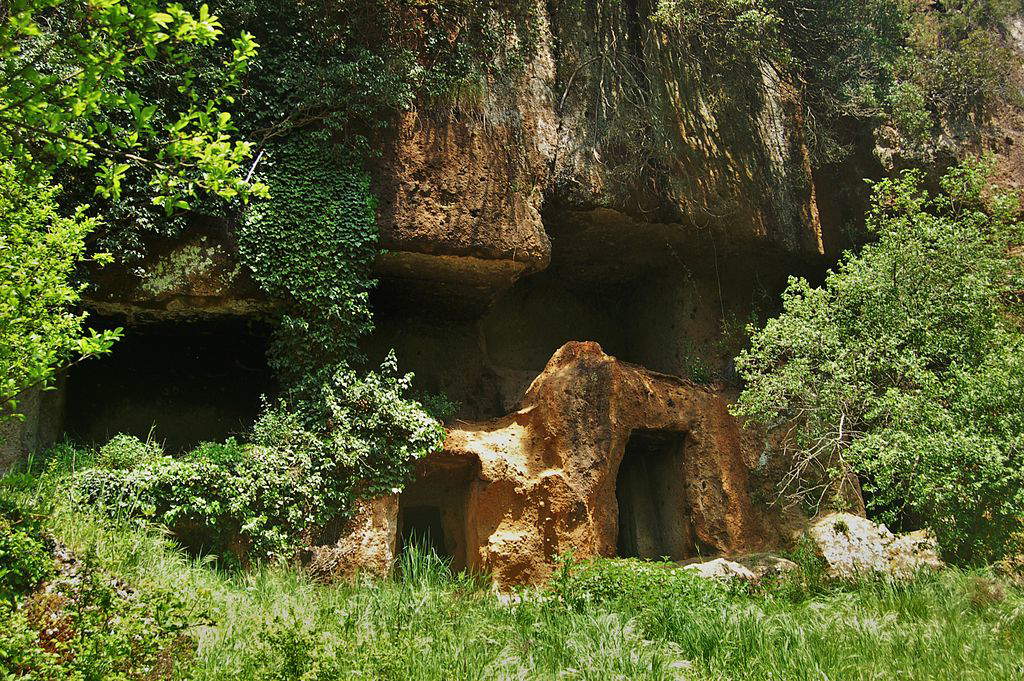
“Nowhere else,” wrote Werner Keller in The Etruscan Civilization, “does the enigmatic nature of the Etruscan people thicken so oppressively, nowhere do we approach its soul, its thought and its feelings more closely than in the necropolises: the last powerful testimonies of a world woven with mystery, in whose magic circle its whole existence revolved.” And it is precisely by following the traces left by this ancient people and climbing the steep steps on the left that one will discover the tomb called “of the Deer.” Here is carved in very low relief perhaps a hunting scene, perhaps a symbolic scene of Rome, depicting a deer confronted by a wolf. We do not receive much evidence, but the architectural style of the Tomb of the Deer takes us back to the 4th-3rd centuries BCE. The Tomb of the Deer is almost entirely intact, with a majestic façade decorated with a mock Doric-style doorway that encloses a large hypogean chamber inside, and access to it is provided by a long dromos, a corridor that leads inside. A number of sarcophagi were found along the path of the dromos, which are now on display in the Archaeological Museum of the Rock Necropolis of Barbarano Romano, constituting valuable artifacts that tell the story of this ancient burial ground.
Among the many Etruscan necropolises, however, none shines with the same sumptuous intensity as San Giuliano. In the 7th century B.C., on a tuffaceous rock that had already witnessed the evolution of remote ages, an entrenched community thrived, even then witnessing the Bronze Age. San Giuliano is a fortified site that stands on an elongated tufa platform, resembling an hourglass, completely isolated and protected by the deep valleys carved by the streams and ditches that flow into the Biedano. The main monuments are located on the summit plateau, while the rock village, divided into several cores of caves, extends along the southern slopes of the cliff. Arriving at the eastern base of the plateau, a nodal point of paths, the eye rises admiring the imposing walls that envelop the ancient city. This wall is a mix of large blocks dating to Etruscan times in the lower part and smaller stones dating to medieval times in the upper part. On the slopes of the fortress, erosion has carved a back space into the tufa bank, where two elongated caves were used as stables until recent times.
If we make our way to the base of the cliff to the west, along the access road to San Giuliano, the first cave that greets us has a wider bottom than the entrance, and is recognized as a village stone quarry by the carvings on the wall blocks. Next, we encounter a group of three caves, where the central one is twice the size of the lateral ones due to the demolition of the dividing wall. But it is once we return to the isthmus and the guardhouse, following a wide path that the western plateau will open up: a rocky ledge that houses an authentic apartment carved out of the rock, with adjoining rooms, a hole for hearth smoke, an entrance pillar, niches and pantry spaces. At the bottom, the three apses of the striking medieval church of San Giuliano emerge. An elegant facade is introduced by a portico reusing Roman marble columns. Inside, slightly faded but still recognizable frescoes decorate the space. Next to the church stands a three-story building with a small bell gable, which housed the religious custodians of the place. Not far from the church, an enclosed area houses a surprising Roman thermal bath.
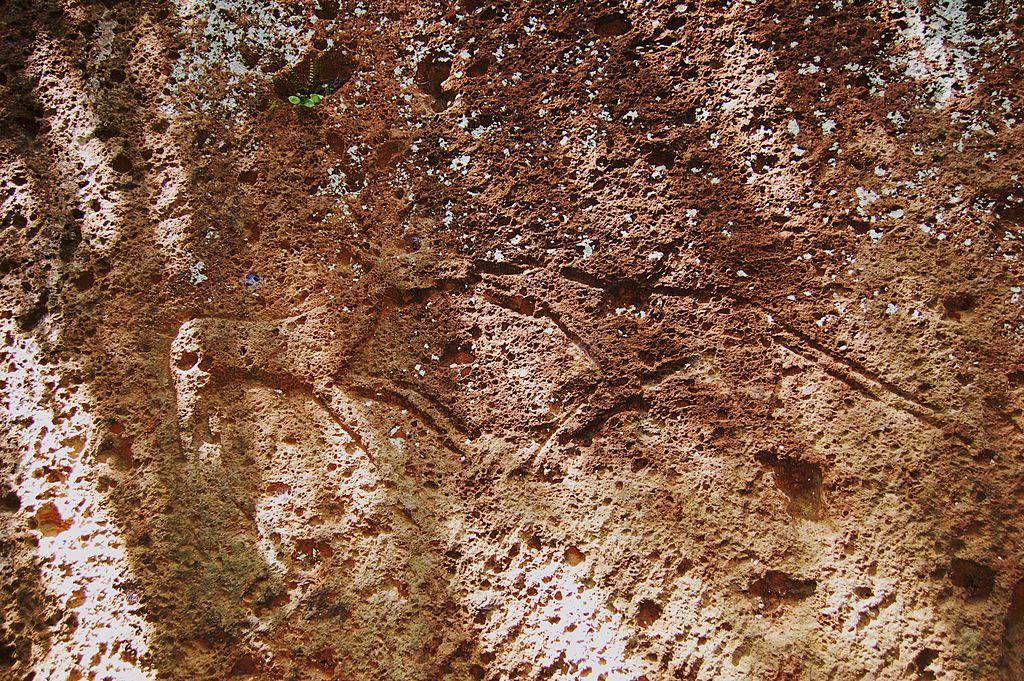
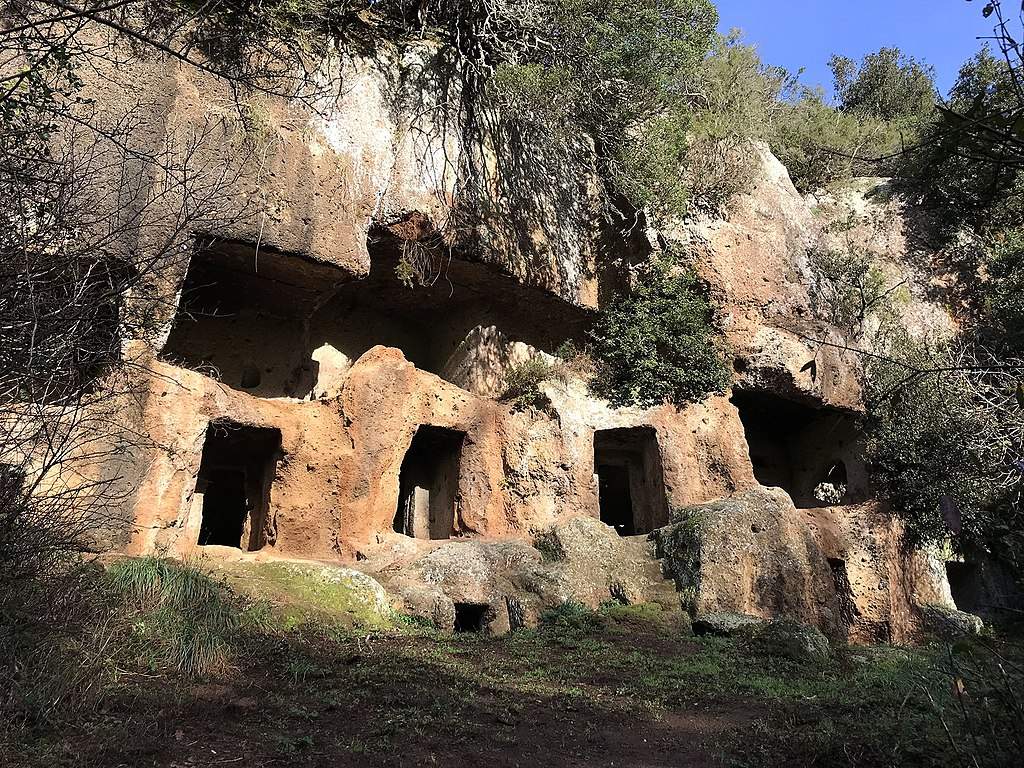
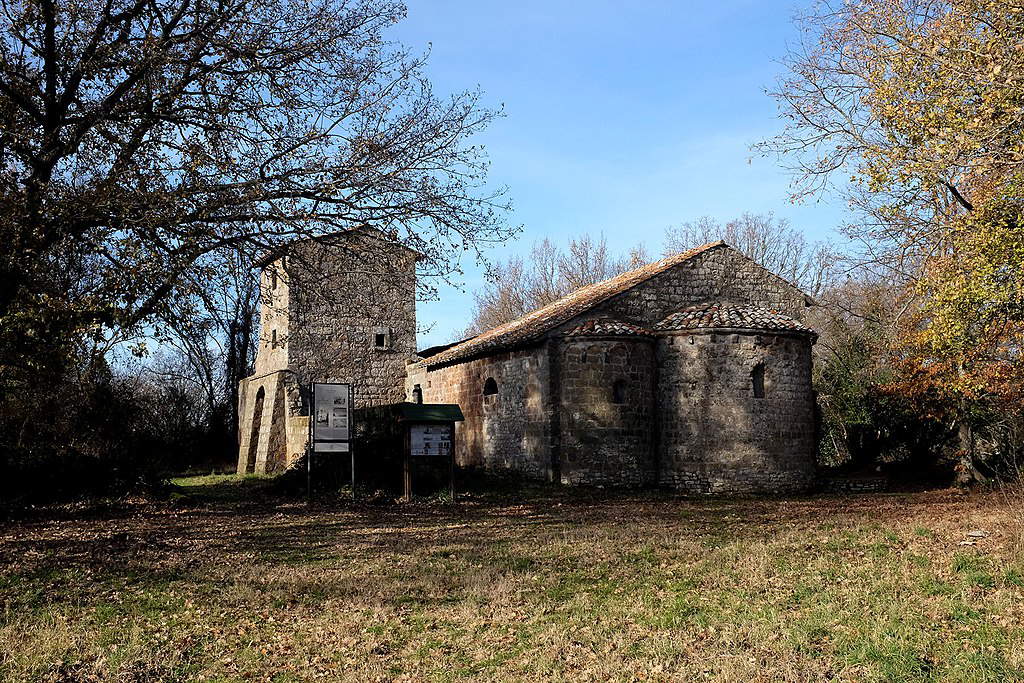
However, it was in the 6th century B.C. that Marturanum achieved glory, positioning itself with imposing pride along the important road that joined Cerveteri to Orvieto, assuming the role of Tarquinia’s powerful outpost toward majestic Rome.The Tumulus of the Caiolo and the Tombs of the Chariots and Beds capture visitors’ imaginations, as the path descends gently toward the valley, gradually revealing other tombs, including the fascinating Palazzine. Hidden in this scenery is a lonely stream, meandering through the fern fronds and under the whispering leaves of the trees.
The Caiolo picnic area is the main access point to the aforementioned San Giuliano necropolis. To reach it, one travels a stretch of about three kilometers from the first branch of Barbarano, following the quiet Quercete alley road. If you continue to the right, you will instead find yourself facing the majestic Cuccumella tumulus, a funerary monument built with imposing blocks of tufa and articulated with a vestibule and two rooms separated by a striking trapezoidal door. Along the edge of the plateau, tombs of different shapes and appearance can be seen. Prominent among them are the Tomb of the Chariots, in which the rims of the wheels of a chariot were found, and the Tomb of the Beds, where two small children’s beds are placed next to their parents’ funeral beds.
Near the Caiolo mound, a path winds steeply leading to the bottom of the ditch, where it is possible to explore in succession the Portico Tombs, a complex of single-chamber burials equipped with an open upper chamber, which in medieval times were used as dwellings or places of ascetic retreat.
 |
| Among forests and Etruscan necropolises: the Marturanum Regional Park |
Warning: the translation into English of the original Italian article was created using automatic tools. We undertake to review all articles, but we do not guarantee the total absence of inaccuracies in the translation due to the program. You can find the original by clicking on the ITA button. If you find any mistake,please contact us.